This will be a field review of the Sony RX10 IV from the perspective of nature and wildlife photography. A review will help readers to know about the versatility, controls, ergonomics, specification, and qualities of a Camera from a wildlife photography perspective. It will also include sample images, settings for wildlife photography, and final recommendations
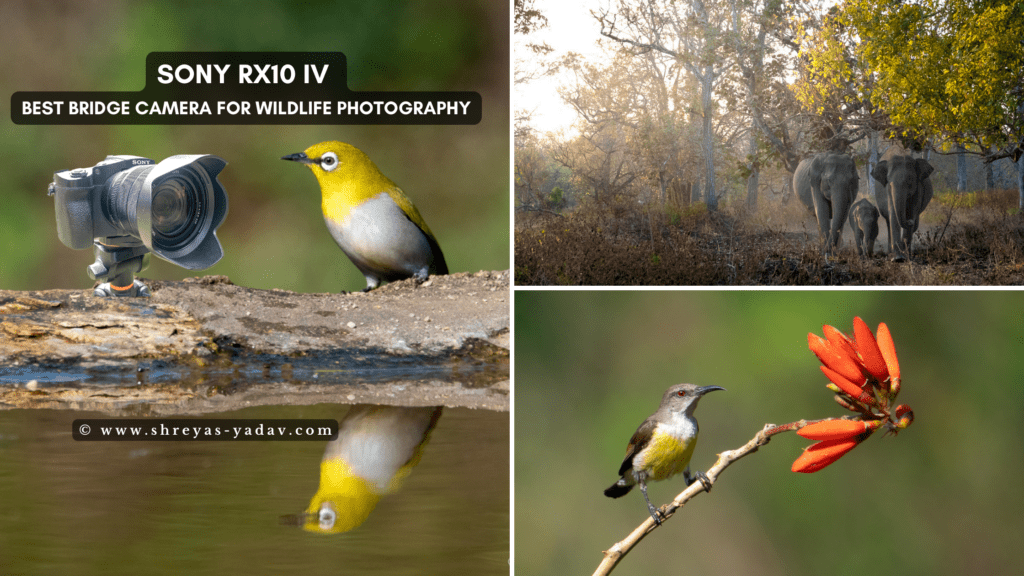
Wildlife photography is an exciting genre of photography. Safaris in the Jungle are full of surprises. You will see beautiful wildlife when you least expect it.
As you enter the forest and watch everywhere. Forest seems quiet and motionless and right at that moment you will see a beautiful Leopard sitting on the Tree.
Clouds come, rain starts, and after some drizzling forest becomes beautiful. You see the play of Light and rain over the Jungle. Rainbow makes the scene adorable. And the Peacock comes out in open grassland. The colors of the peacock are beautiful. Elephants, Deers, and monkeys come out in the open. This is a great time to photograph these animals in their Natural Habitat.
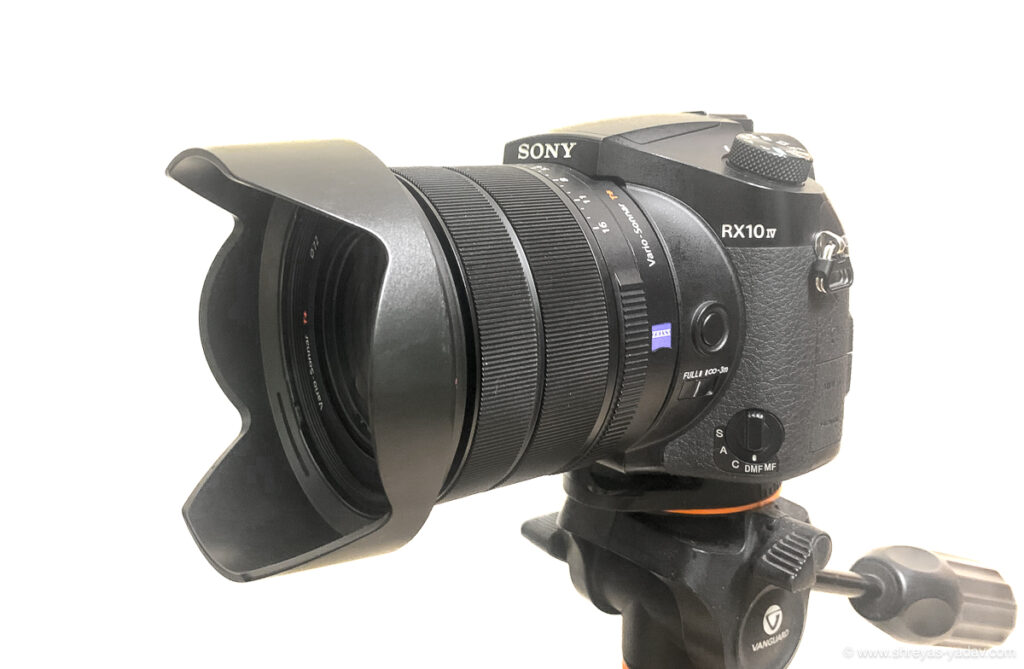
As Safari starts to get to an end. You are returning back from safari, and suddenly a majestic Male Tiger starts walking on the Road – Head on!
These are some of the Jungle moments we as Wildlife photographers cherish for a lifetime.
For photographing these moments, you will need a Camera that is flexible, lightweight yet Powerful.
Sony created a Best Bridge Camera for Wildlife and Nature Photography – Sony RX10 IV. Sony RX10 IV has a nice image and video quality In Good and Medium light conditions. Sony RX 10 IV has a Consistent and Accurate Focus. The Lightweight of the Sony RX10 IV makes it a handy and practical camera for Wildlife and Nature Photography.
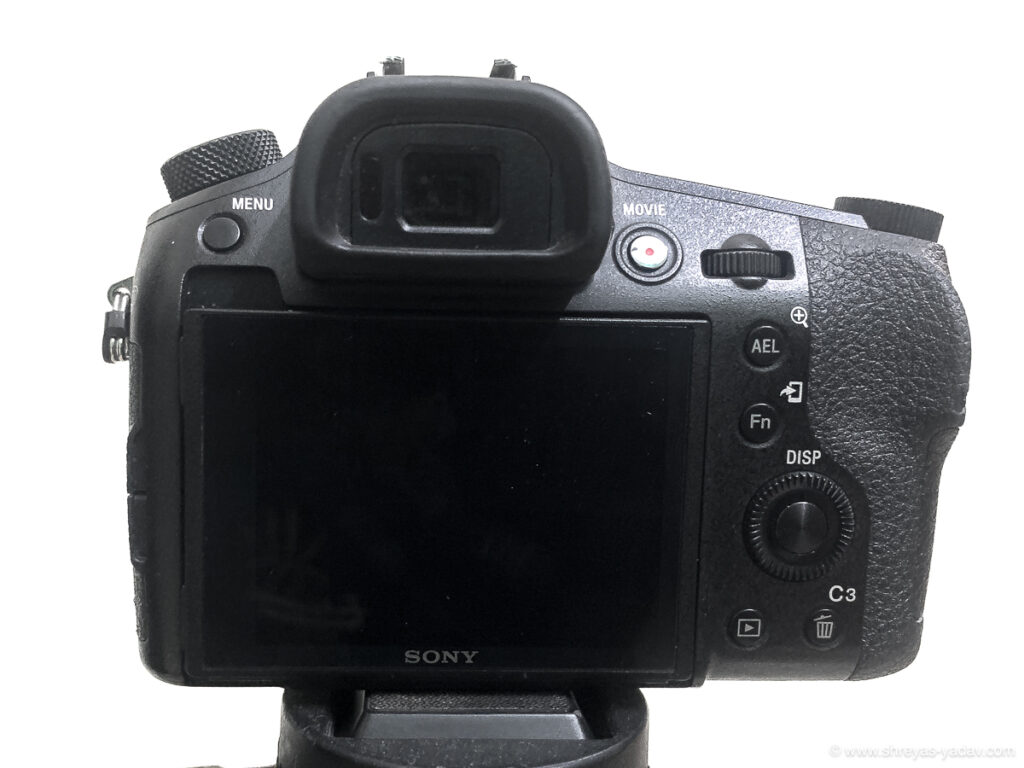
Sony RX10 IV is a Bridge Camera. It weighs around 1095 g (2 lb) including battery and SD memory card. Sony RX10 IV comes with a Built-in 25x optical zoom lens ( 24-600 mm: 35 mm equivalent )
Sony RX10 IV really shines thru its inbuilt – 24-600 mm ( 35mm equivalent ) lens with an Aperture of f/2.8(W) and f/4(T).
The Sony RX10 IV camera has a sensor 1.0-type (13.2 mm x 8.8 mm) with a 20.1 MP resolution.
ISO Ranges go from ISO 100 to ISO 12800. Sony RX10 IV has a precise and consistent focus. A lightweight rugged body, adjustable touch screen, excellent image stabilization feature, 4K video capability, and Inbuild 24-600 mm ( 35mm equivalent ) lens make the Sony RX10 IV the Best Bridge camera for Wildlife ( and Nature ) Photography and Videography.
This is a field review of the Sony RX10 IV Bridge Camera from the perspective of a Wildlife photographer. This review will help you understand how the Sony RX10 IV actually performs in the Wild.
Sony RX10 IV Specifications
- Sensor – 1.0-type (13.2 mm x 8.8 mm) with a 20.1 MP resolution.
- ISO – ISO 100 to ISO 12800 ( It Can go in the lower range: 64 and on the Higher End: 25600 ) for Movies: ISO 100 to ISO 12800
- AF Modes – Single-shot AF, Automatic AF, Continuous AF, DMF, Manual Focus
- AF Area Modes – Wide (phase-detection AF), 25 points(contrast-detection AF)); Centre; Flexible Spot (S/M/L); Expanded Flexible Spot; Lock-on AF (Wide/Centre/Flexible Spot (S/M/L)/Expanded Flexible Spot)
- Power and Charger – NP-FW50 and Charger ( DC5.0 V Included )
- Storage cards – SD, SDHC, SDXC, Memory Stick Duo, and Memory Stick Pro Duo. I use SD Card for Sony RX10 IV
- Dimensions and weight – Approximate weight of the body including the Battery and card is 1095 g (2 lb) and the dimensions are ( Width x Height X Depth ) 132.5 x 94.0 x 145.0 mm
- Shutter speed range – Electronic: 30″–1/32000 ( Shutter speed can go from 30 s all the way upto 1/32000 ) Also for Mechanical Shutter: 30″–1/2000
- Metering modes – Multi Pattern; Centre Weighted; Spot (with two additional metering modes as Entire screen Average and Highlight)
- Exposure mode – Manual ( M ), Aperture Priority ( A ), Shutter Priority ( S ), and Programmed Auto ( P )
- White Balance – Auto; Daylight; Shade; Cloudy; Incandescent; Fluor.: Warm White; Fluor.: Cool White; Fluor.: Day White; Fluor.: Daylight; Flash; C.Temp./Filter; Custom
- Flash – Built-in Flash is available and compatible External Flash can be used ( Sony α System Flash)
- Image format – JPEG, RAW (Sony ARW 2.3 format), Color Space: sRGB and Adobe RGB
- Lens compatibility – Built-in Zeiss Vario-Sonnar lens with a Focal length of 8.8 – 220 mm ( 24-600 mm on 35mm equivalent ) with an aperture of f/2.4(W) and f/4 (T). ( Optical Image Stabilisation ).
- Price – Check the current price on Amazon here
Controls and ergonomics
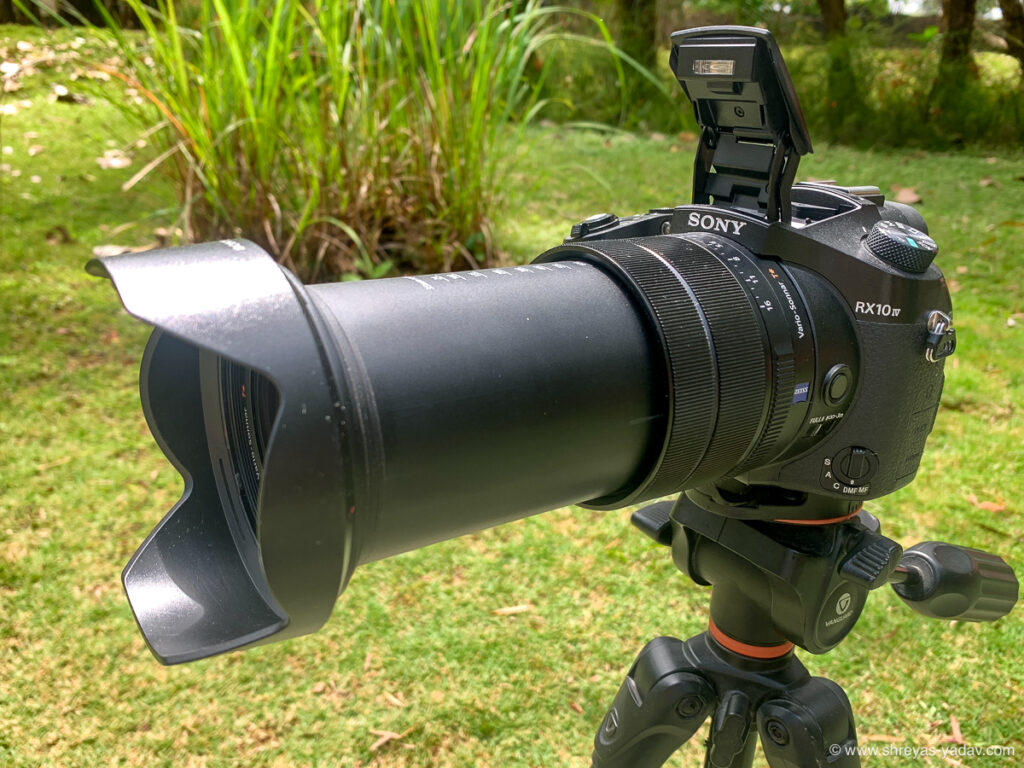
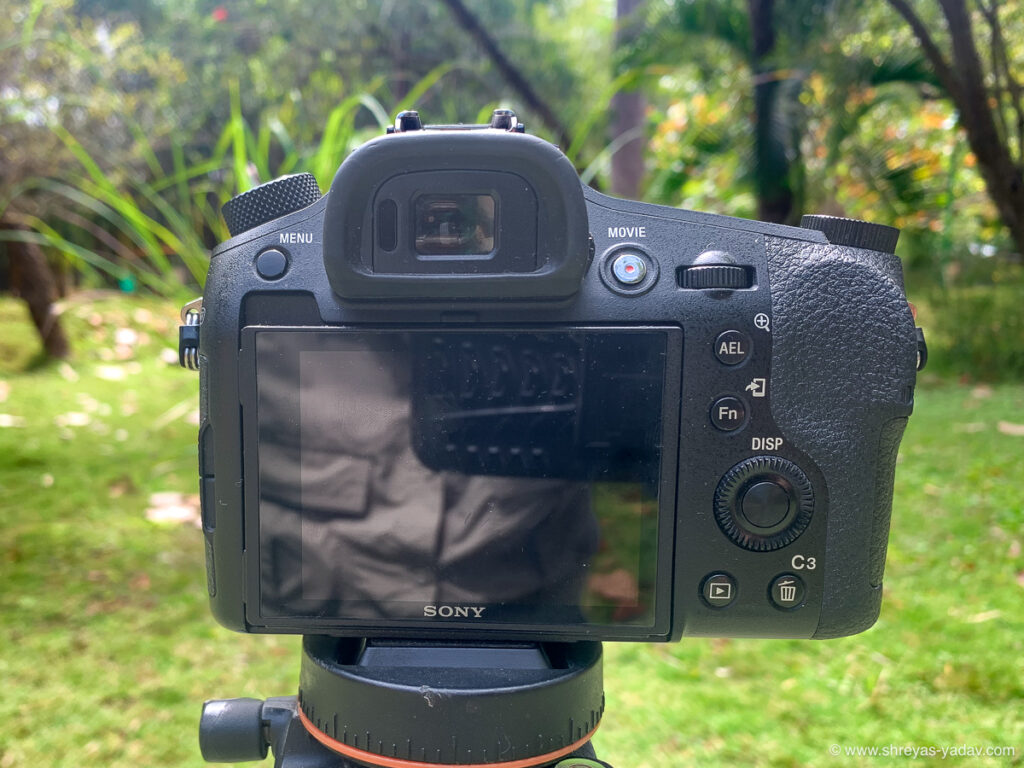
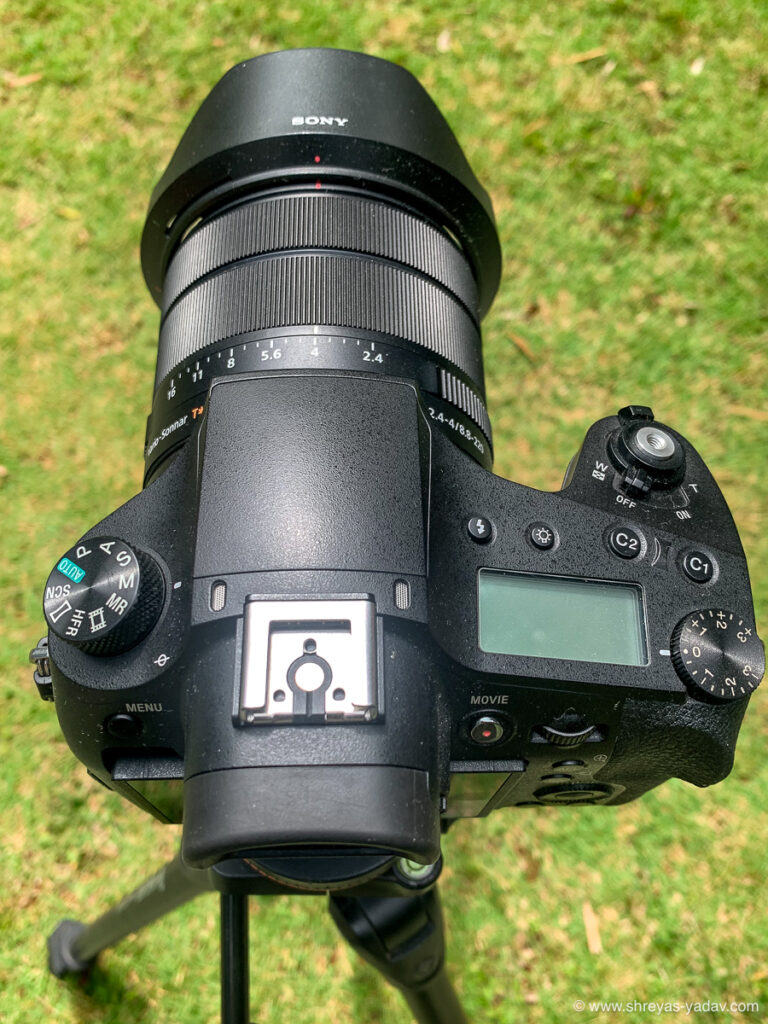
Controls
- Exposure selection mode – This dial helps to select the exposure modes Manual (M), Aperture Priority(A), Shutter Priority(S), and Programmed Auto (P) quickly.
- You can also select Auto mode, Scene, Panorama feature, and a few custom options.
- Focus mode selection button – This camera button helps choose between focus modes as Automatic-A, Single-S, Continuous-C, Manual override-DMF, and Manual-M. There is a Focussing ring on the Lens.
- At the back of the camera, there is a Button for AE lock.
- There are Buttons for White balance and Focus area selection.
- There is a mode dial for Exposure compensation.
- Most of the settings you can adjust on a touch screen. And also using Function buttons. These settings are Focus area selection, Metering, and Frame rate.
- You can Zoom in – out the lens using a Zoom ring on the lens or using a dial on the Top of the camera.
- To control the Aperture there is an Aperture ring on the Lens. This is a pretty nice and handy feature to change the Aperture.
Build quality
- The weight and size of the Sony RX10 IV are great for all-day shooting. The size of the Sony RX10 IV is perfect while you are Hiking or traveling in a Safari vehicle ( Being a premium-built camera – Sony RX10 IV is slightly higher in weight as compared to other Bridge cameras like Lumix FZ300 )
- Build quality is Excellent. Sony RX10 IV can take up minor beatings in the Wilderness easily. Overall build quality is premium.
- Sony RX10 IV is adequately protected against Dust and water splash.
- Protection against dust and water splash is decent enough. I have used the camera on rainy days and in dusty weather. Its performance is satisfactory.
- In fact, I clean the camera after photoshoots in the rain or heavy dust; I recommend you do so.
- My recommendation: While I am not photographing during Safari, I cover the camera with a cotton cloth to protect it against the Dust. This technique will help to keep your camera clean.
Ergonomics ( and Handling )
- Ergonomically Sony RX10 IV feels nice. Major dials and buttons for Wildlife and Nature photography are conveniently placed on the camera. But, when you start initially using the camera there is some learning curve to understand the command dials and buttons.
- Two points about this camera I felt were a bit difficult to use are
- Exposure Compensation Dial – Sometimes accidentally I turn this dial to change the shutter speed. The Location on the exposure compensation dial is close to the Shutter dial. Hence it might take some time to use the right dial to change the shutter speed.
- Focus area selector – One thing I noticed while changing the focus area position. The focus area goes in between the shooting, hence you have to again go into the menu settings. Select the focus area option and then set the focus area position. With fast wildlife action and movements in the Jungle, this can be a bit annoying.
- One workaround I found was to set the focus area position at the Center and use it. If the focus area needs to be changed, then change it thru the touch screen. Using a touch screen you can set the Focus area position quickly and accurately on your subject.
- You can hand hold the camera during Safari or while hiking easily all day long. I really enjoy holding this camera in the Wild. It gives more opportunities and freedom to photograph and capture videos of Wildlife.
Sony RX10 IV Camera Performance from the Perspective of a Wildlife Photographer
Autofocus performance
Wildlife movement is fast and unpredictable. Sony RX10 IV is well capable while focusing on fast-moving wildlife. ( Make sure to select the appropriate focus mode and focus area mode).
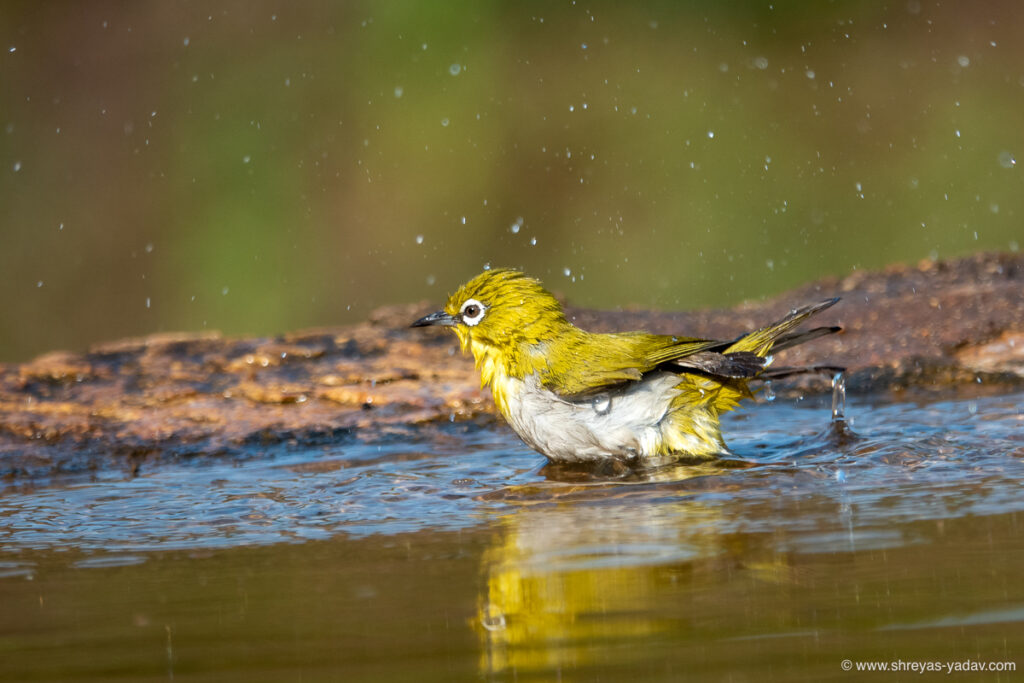
The camera acquires focus quickly if the Light is decent. Also if there are no distractions in between the camera and the object ( Such as trees and grass) then the focus is fast.
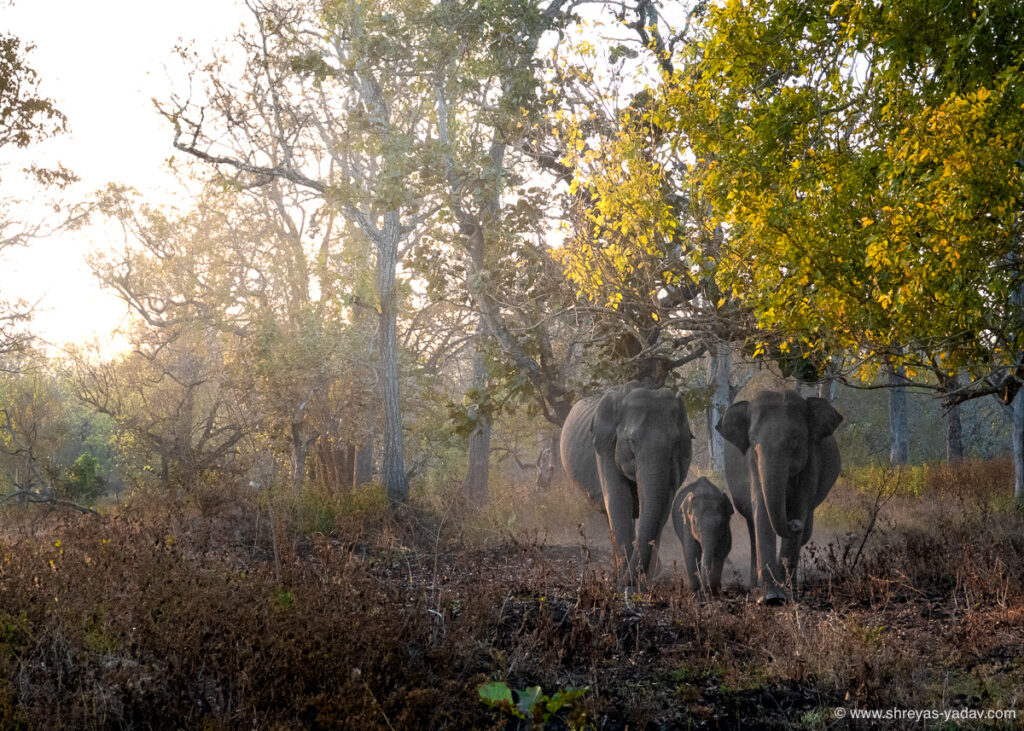
There are multiple focusing modes available however I find focusing modes: Single, Continuous, Manual override, and Focus in Live view using a Touch screen more useful.
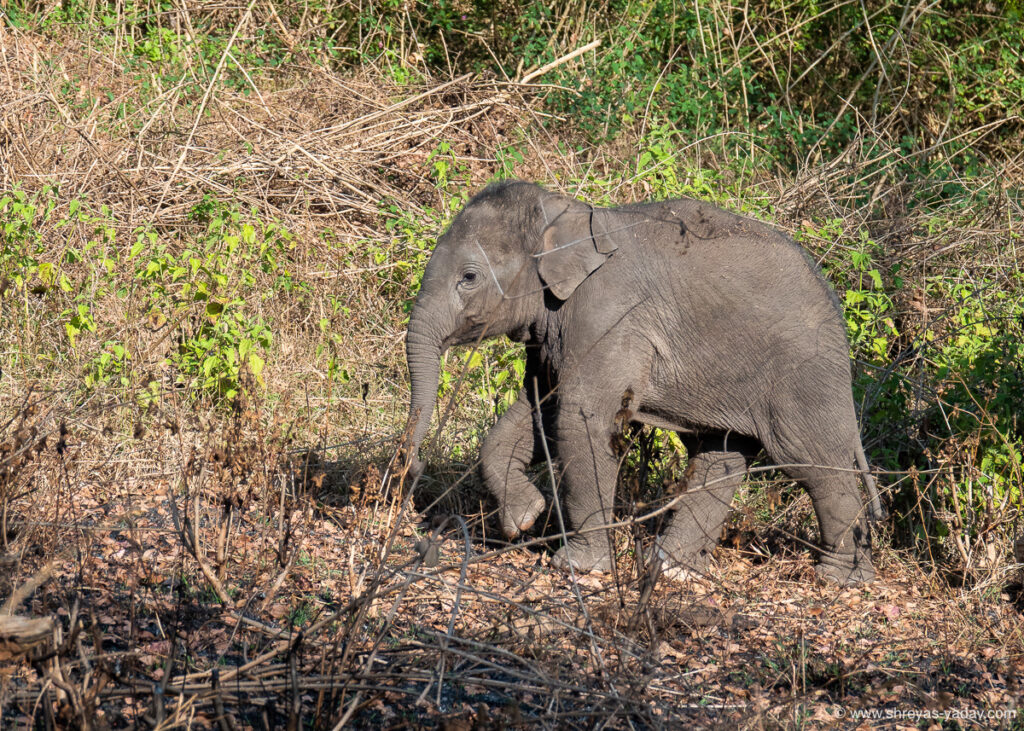
Most of the time I use Autofocus with Manual override ( DMF ) and in the Live view I use the touch screen to Focus.
The Wide f/2.4 – f/4 aperture helps the Autofocus performance of the camera.
Sony RX10 IV focuses fast and accurately on the following conditions
- Daylight
- Cloudy and Rainy weather
- Wildlife in action
- Dusty weather
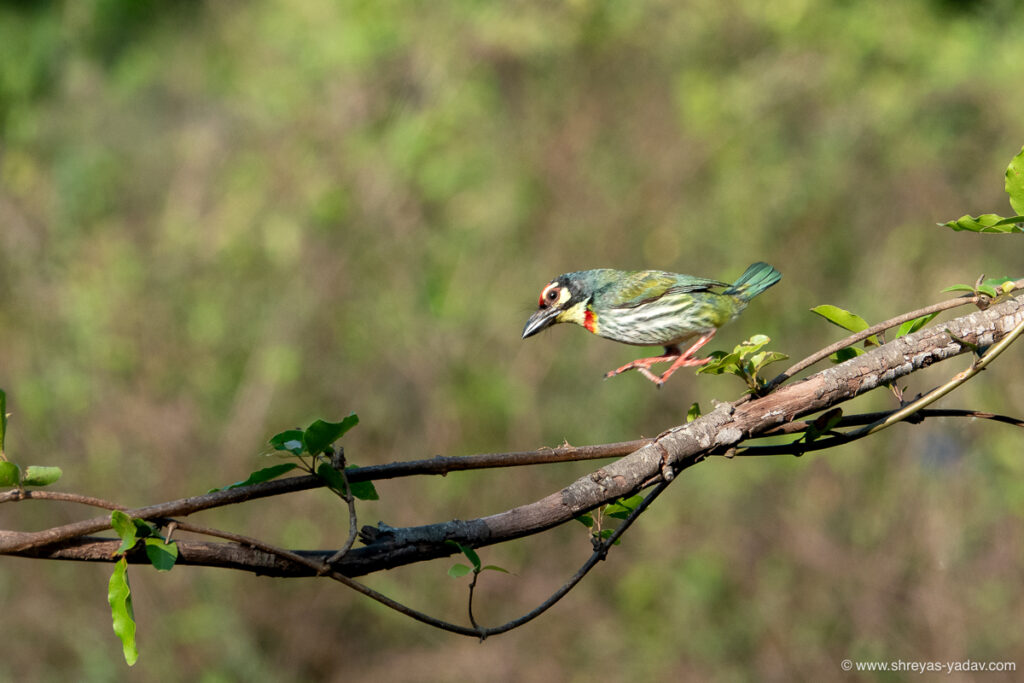
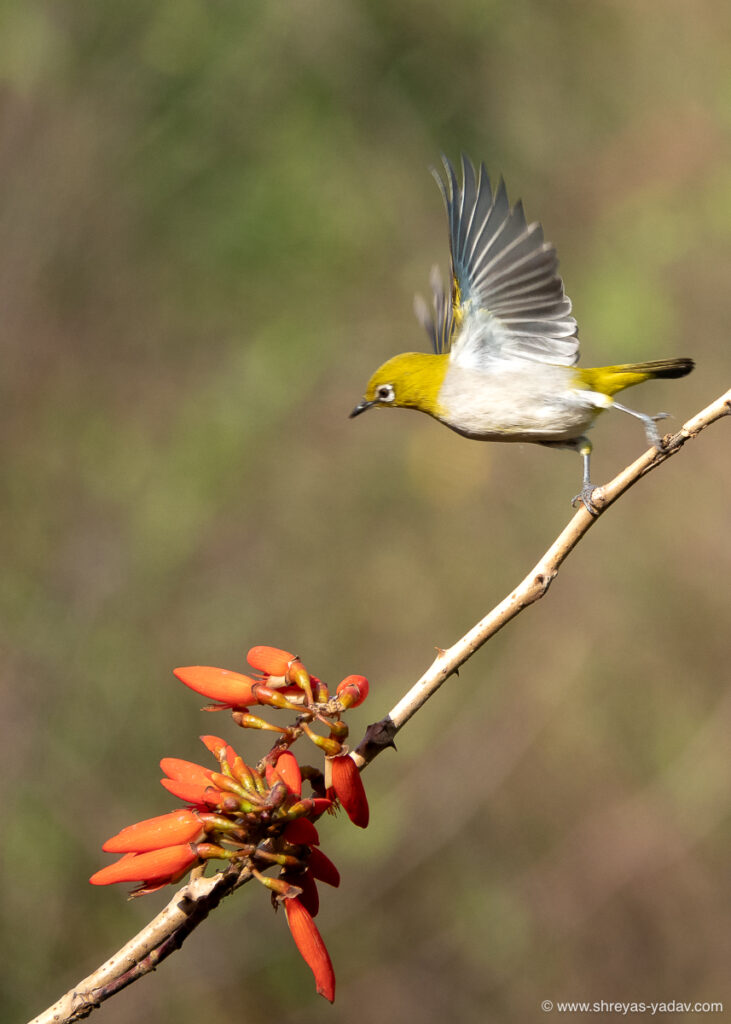
I Recommend using Manual Focus Override in the below situations
- Low light
- In the forest clutter and Forest canopy ( I Recommend using Manual Focus Override )
- Distant Object
- Relatively Smaller objects at a distance ( Such as Birds at a distance )
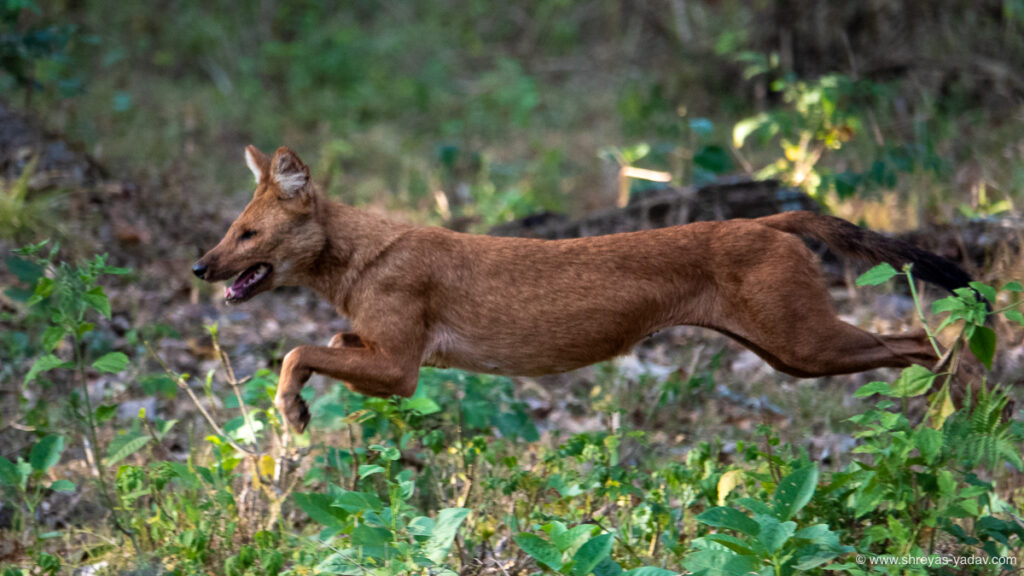
In terms of Autofocus performance, Sony RX10 IV is superb in the Bridge Camera segment.
Similarly, the autofocus is fast and responsive while you are recording a video. Autofocus of RX10 IV helps to record sharp videos of Wildlife and nature.
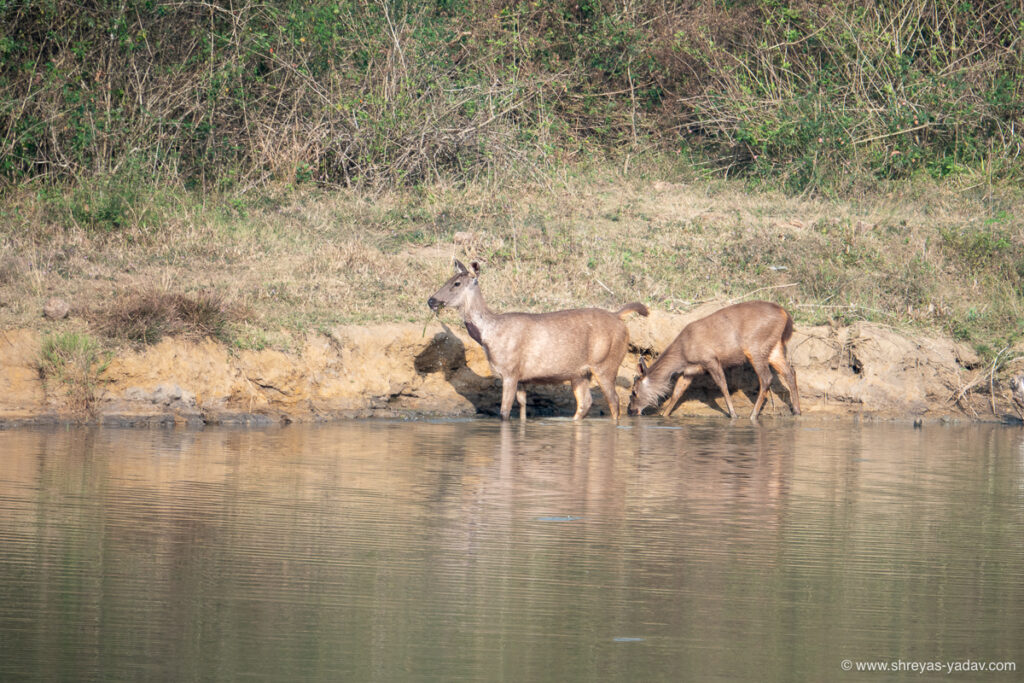
High ISO and Low Light Performance
An Image sensor with 1.0-type (13.2 mm x 8.8 mm) has certain limitations while dealing with High ISO. ( But it is better than Lumix FZ300 )
You will start seeing the Image noise and deterioration in image quality as you crank up the ISO beyond ISO 800.
As per my experience in the Wild, If light conditions are good then I can get Good colors and details up to ISO 800.
Under Low light conditions, I keep the ISO between ISO 100 to ISO 400 for best results.
And if the Light conditions are very poor ( Early morning and Late evening ) I keep the ISO 100 ( Minimum ) to get a usable Shot.
The bottom line is to try to keep the ISO below 800 in Good light conditions and keep the ISO below 400 in low light conditions for Decent image details and Colors.
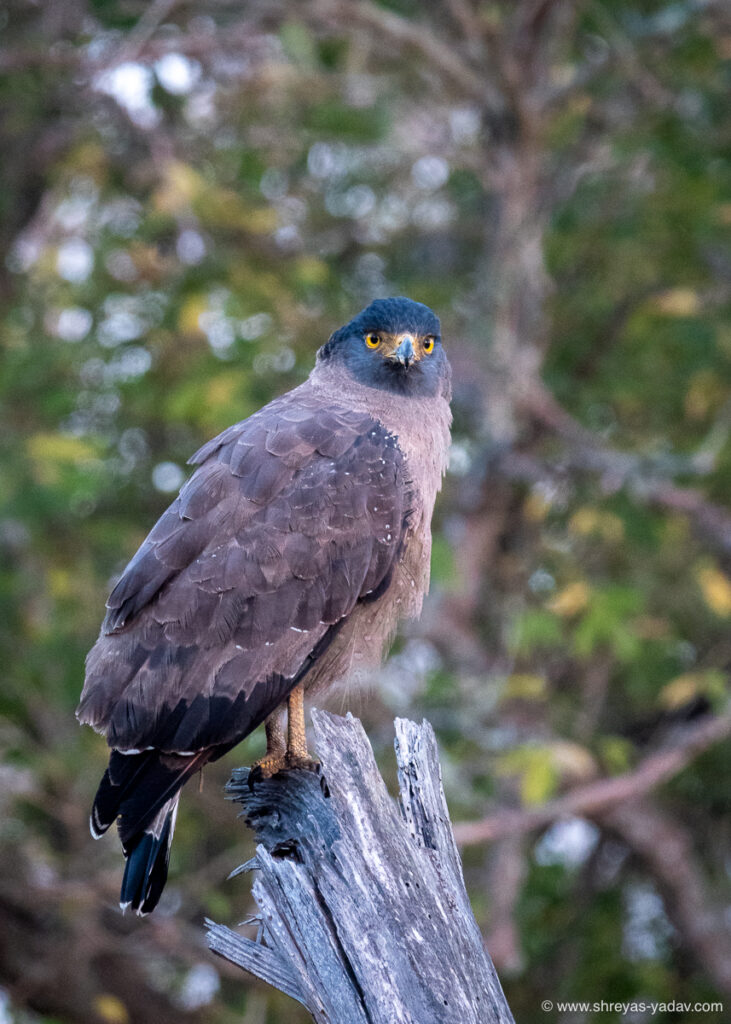
A watch out here -With high ISO and Noisy images, I do not get the usable image using post-processing as well. Hence Try to keep the ISO as low as possible to get good image quality.
Note – If I know that I am going to encounter a rare moment such as Leopard or Tiger attempting to hunt a deer or Langur ( and the light is low ) then I crank up the ISO between 800 to 1600. At this time I am ready to sacrifice the image quality in order to capture the Rare moment in the Wild. Hence Choose ISO as the Situation and Light conditions.
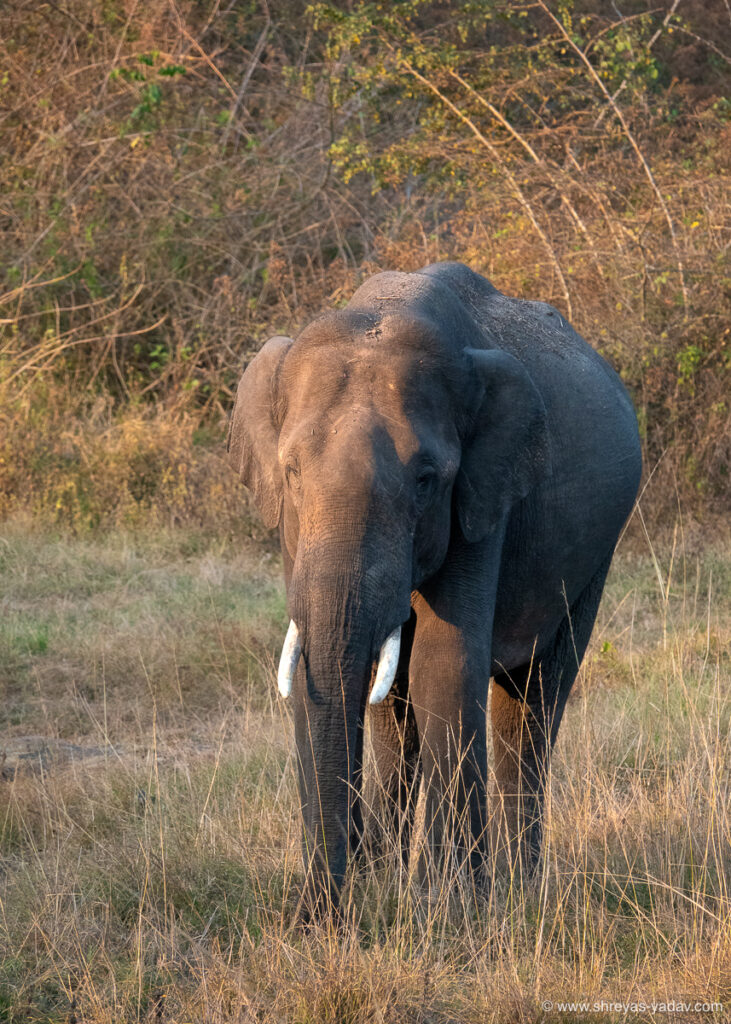
Here are some of the Images Captured at different ISO settings and varying light conditions.
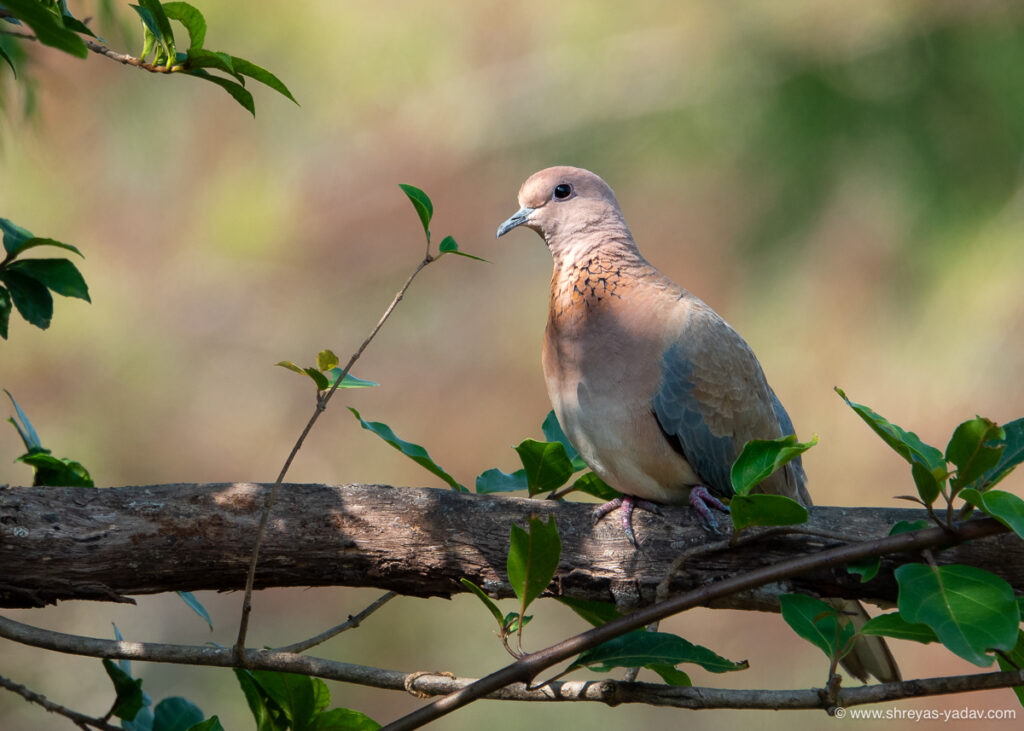
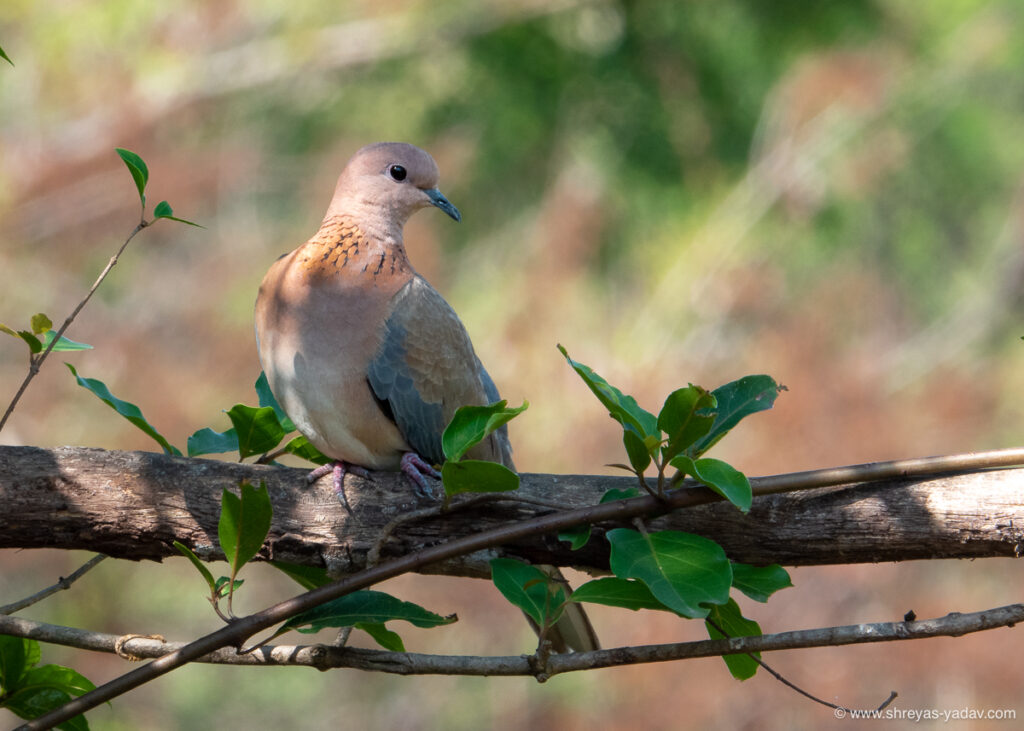
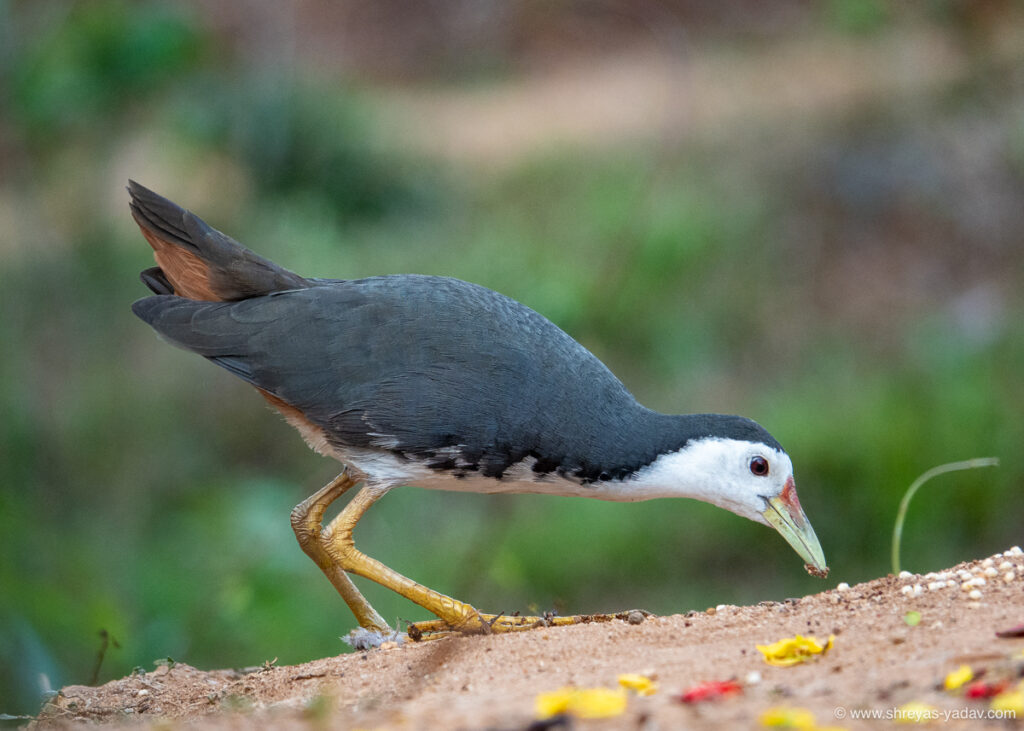
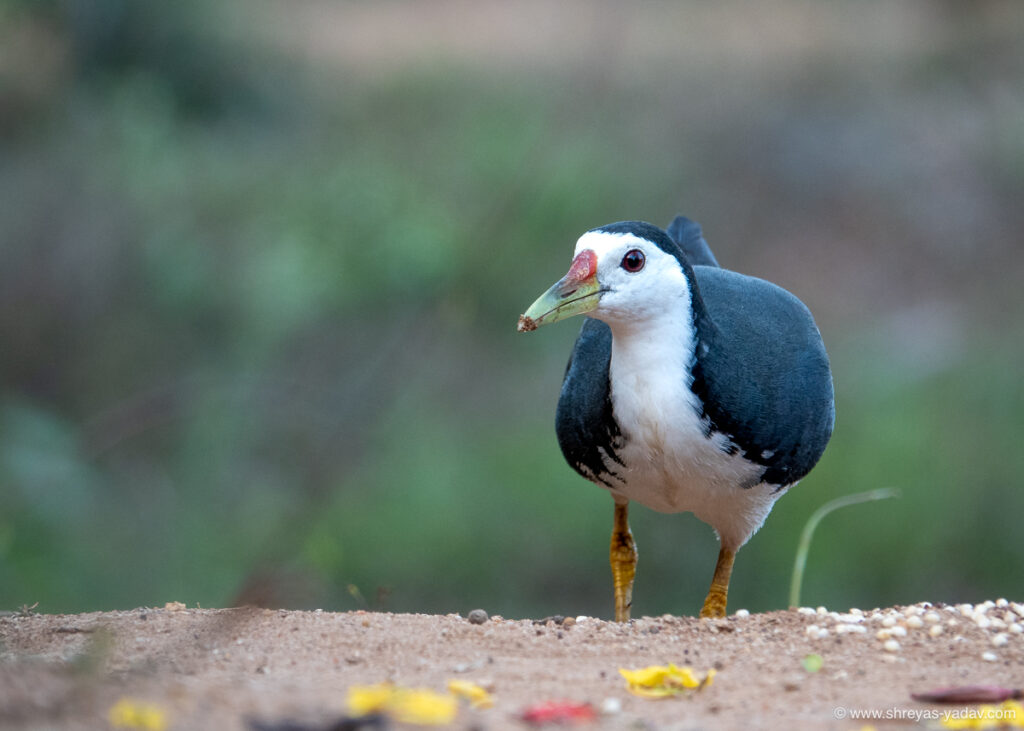
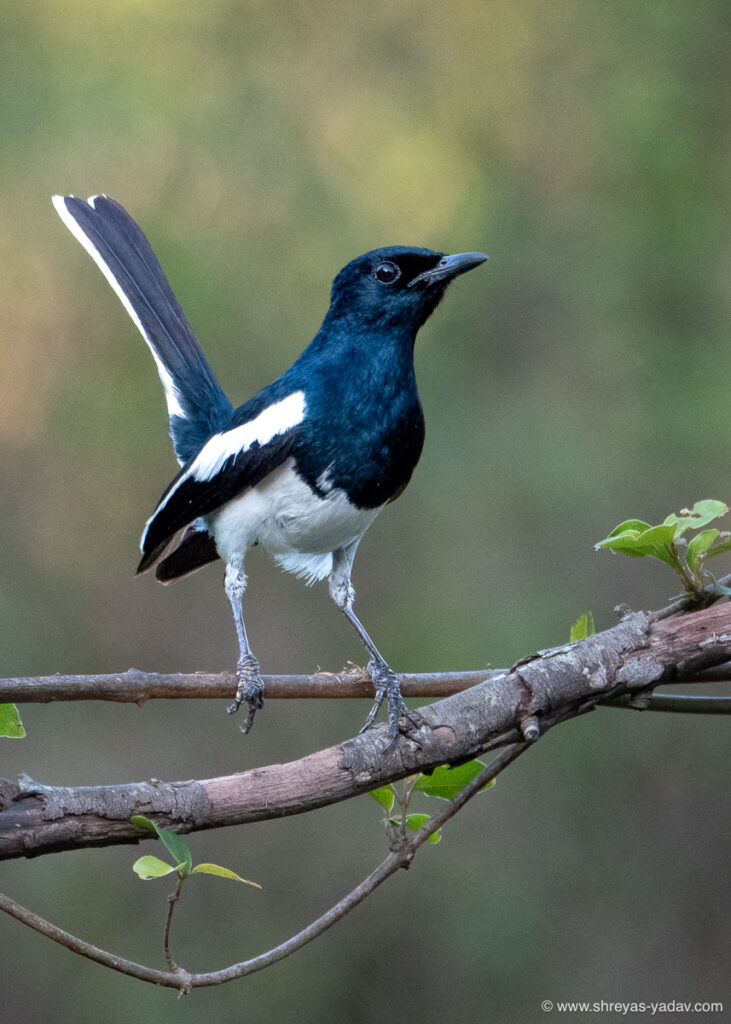
Image Quality- Colors, details, and Dynamic Range
Image dynamic range with Sony RX10 IV is Great for Wildlife Images in Good Light condition.
As the light gets lower the image will start seeing its impact on the Dynamic range.
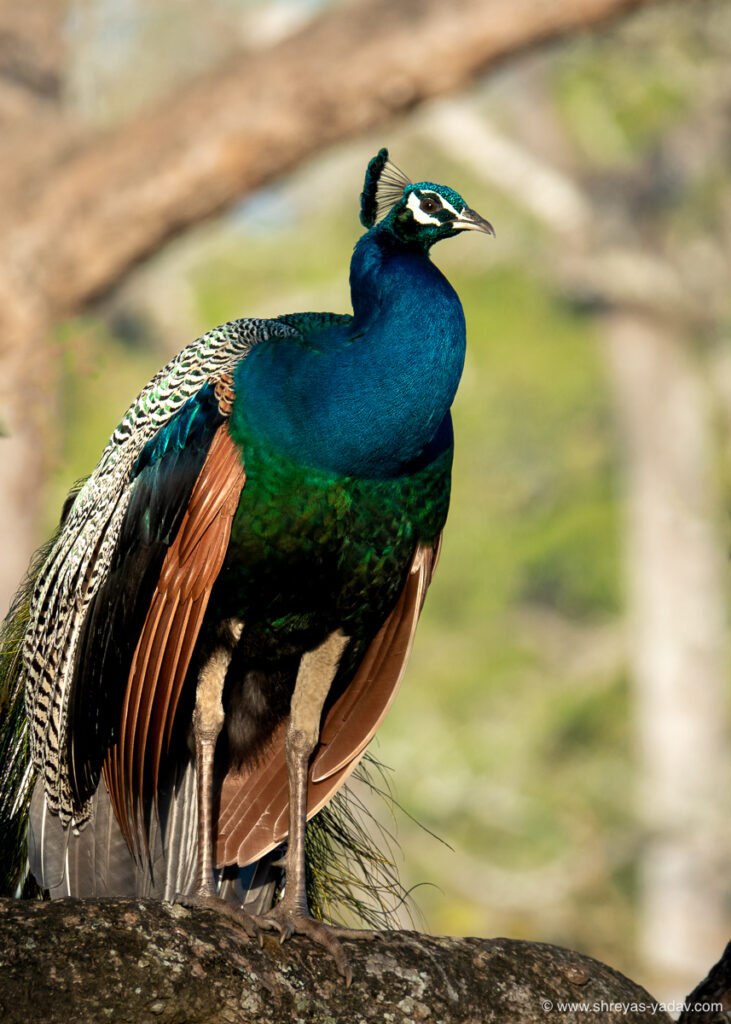
You can get excellent Colors and details with Sony RX10 IV in Good light conditions. Keep the ISO from ISO 100 to ISO 400, and you will be surprised to see how Sony RX10 IV produces excellent colors and details.
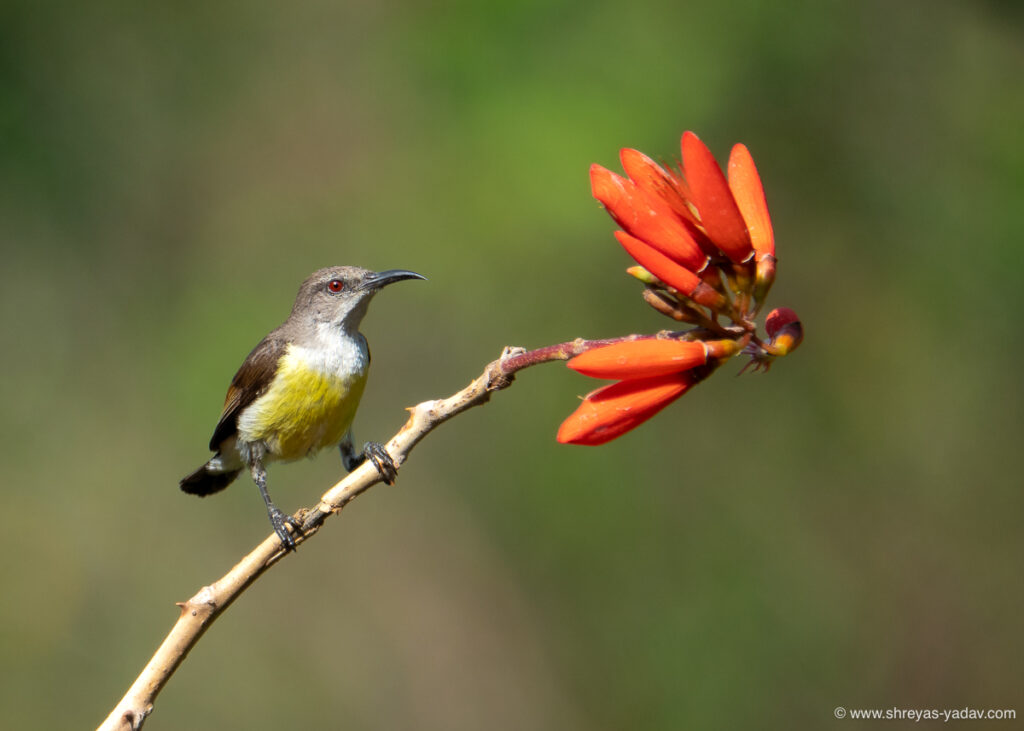
Whereas as you start going towards Higher ISO and Low Light conditions, the image quality and colors will start degrading.
For Wildlife images mostly I use Multi Metering. Sony RX10 IV produces accurate image exposures ( As long as you have reasonably correct exposure settings )
If there are some tricky light situations such as Lights and Shadows, then I find the Spot meter produces better results in terms of exposure.
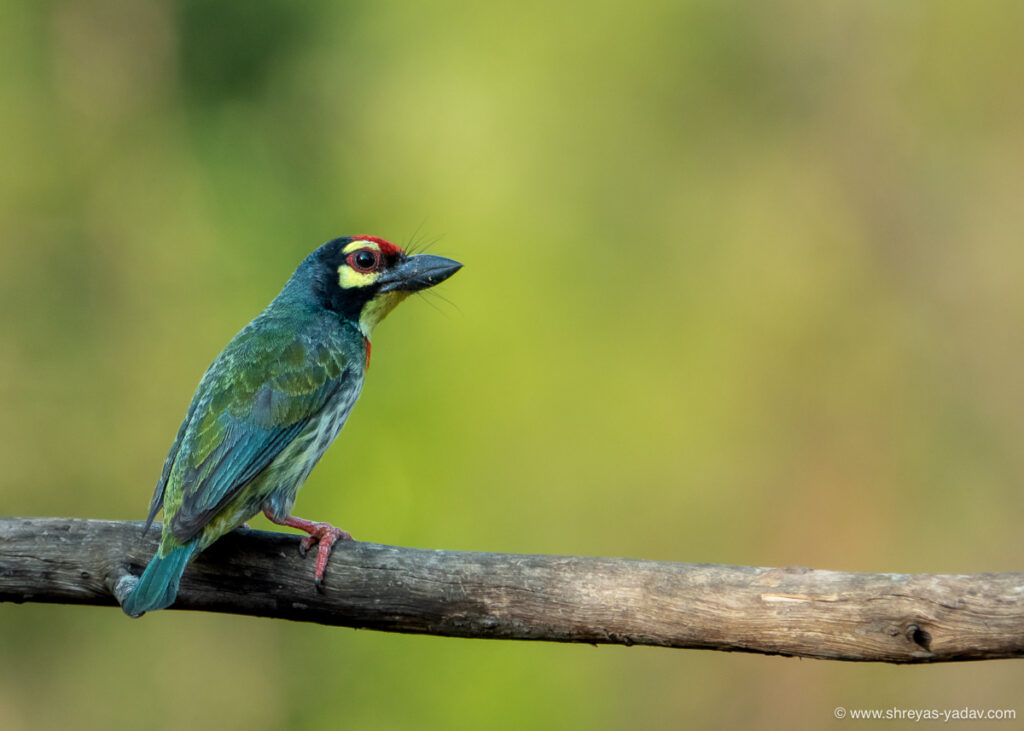
Based on shooting with Sony RX10 IV I can recommend that for most of the Situations in the Wild – try to Keep the ISO between 100 to 400, the Aperture in between f/2.4 to f/5.6, and the Shutter speed as per the image requirement/Light conditions. Quality and Color in your images will be better.
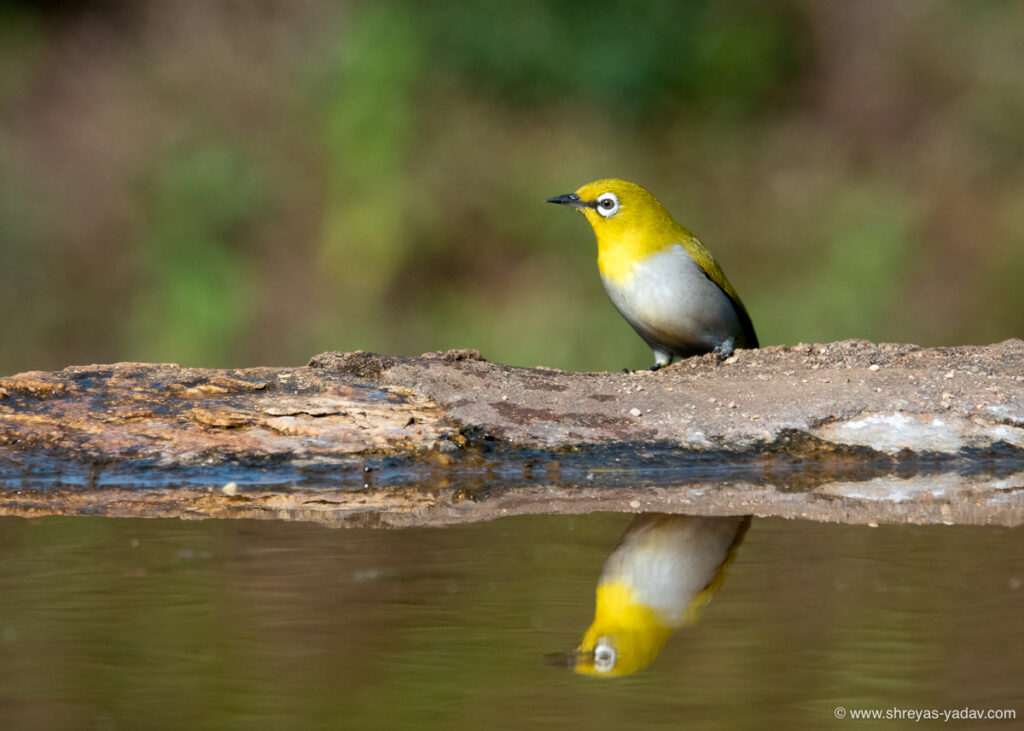
White Balance
Sony RX10 IV produces a white balance reasonably close to the actual scene. Also, you will not see any significant tint in the image. The color temperatures look accurate.
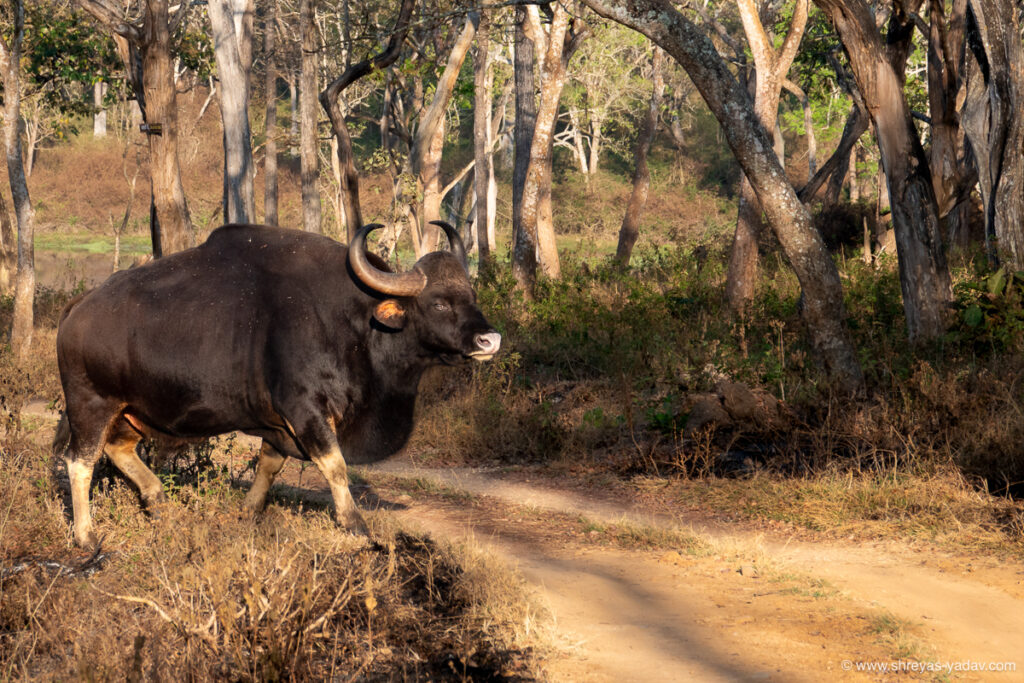
Auto white balance does a Good job while handling different light conditions.
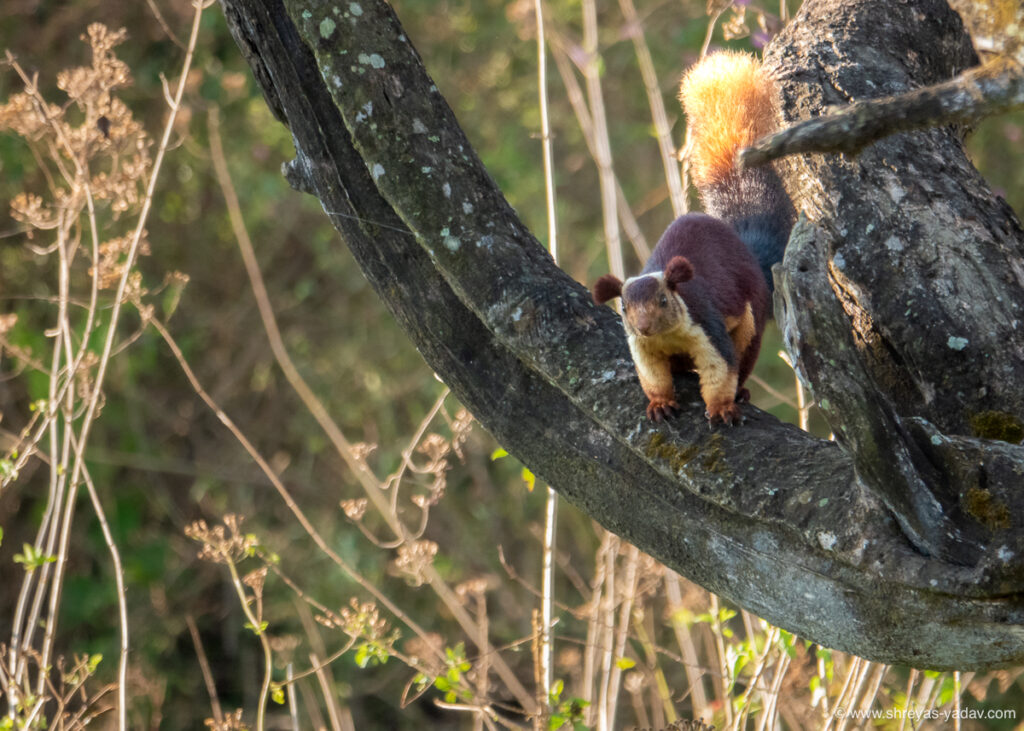
For Wildlife photography and videos I recommend you use Auto White balance. And if you want to add some punch of creativity- you can always tune the White balance in post-processing. (For Raw images )
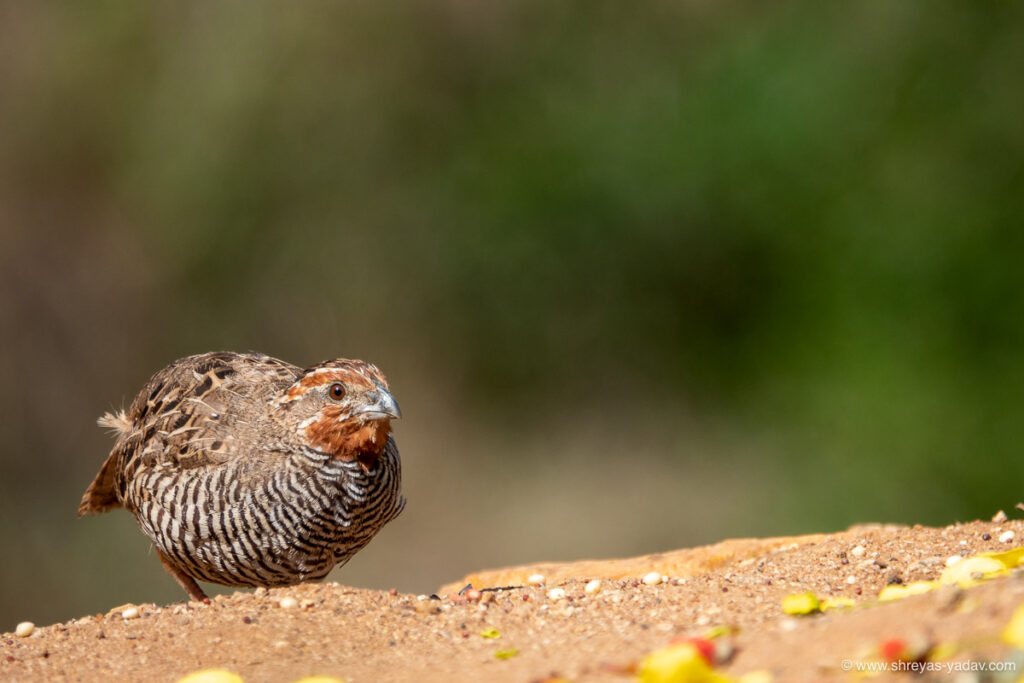
Adjustable Screen
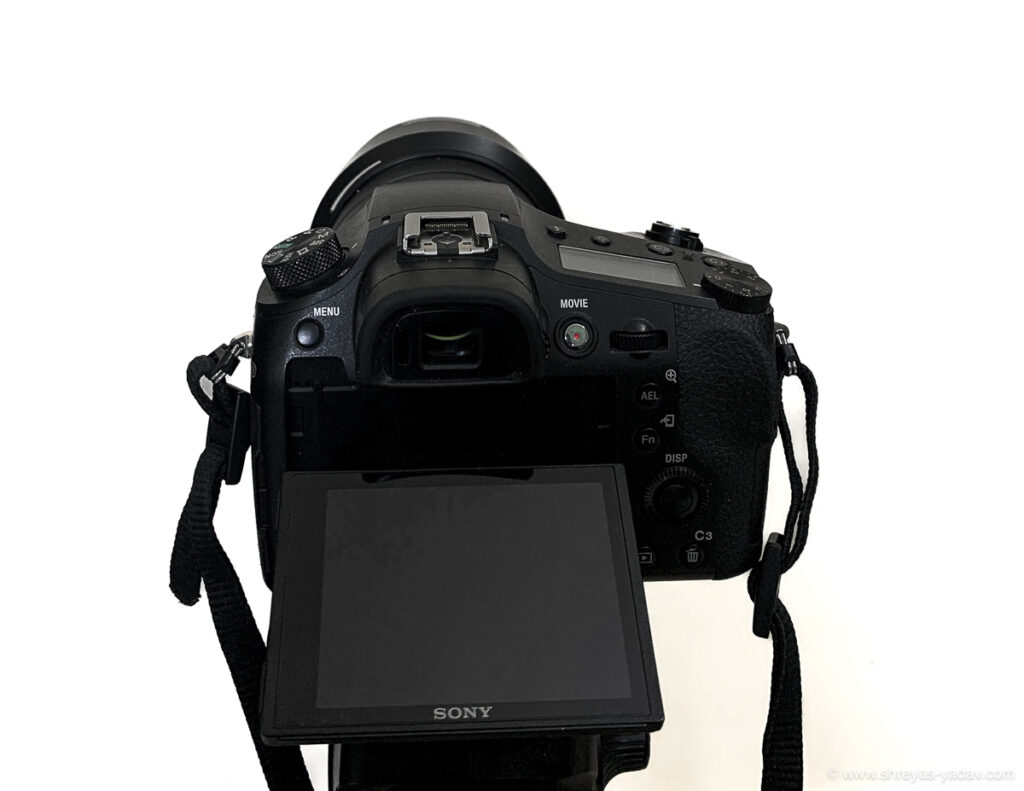
An Adjustable touch screen is one of the advantages of the Sony RX10 IV.
This type of screen is very convenient to get High level or Eye level images of Wildlife.
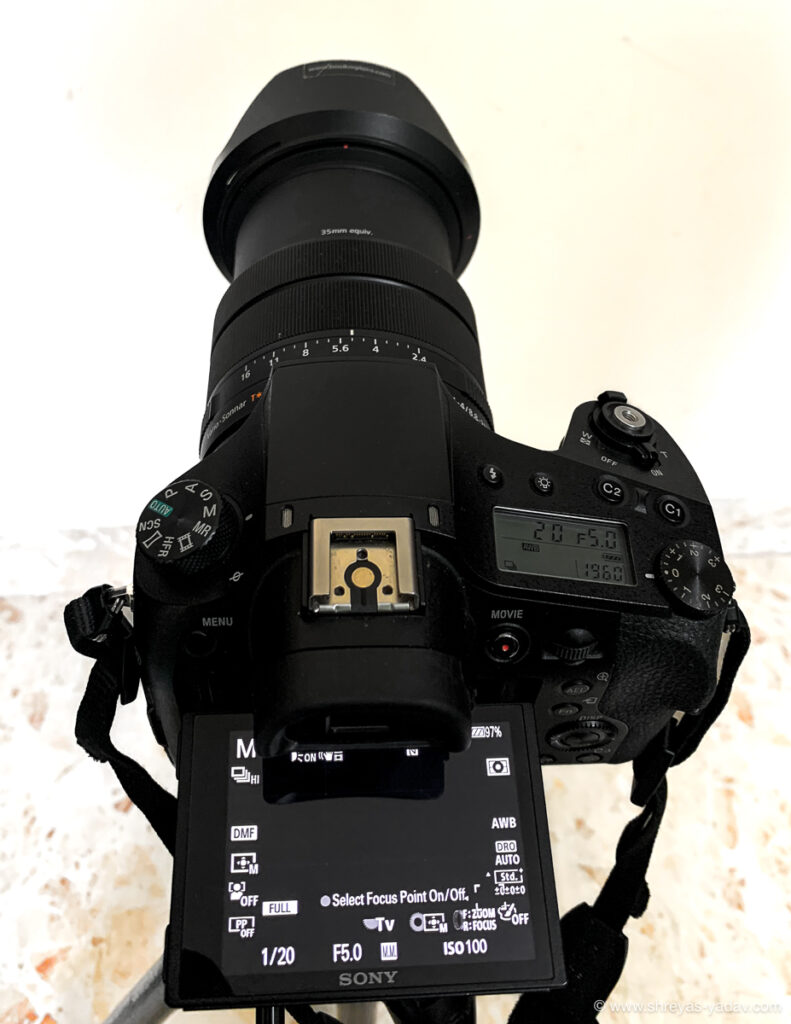
Versatile Zoom range with F/2.4 (W) and f/4 (T) Aperture
The topmost reason, why you will love to buy Sony RX10 IV.
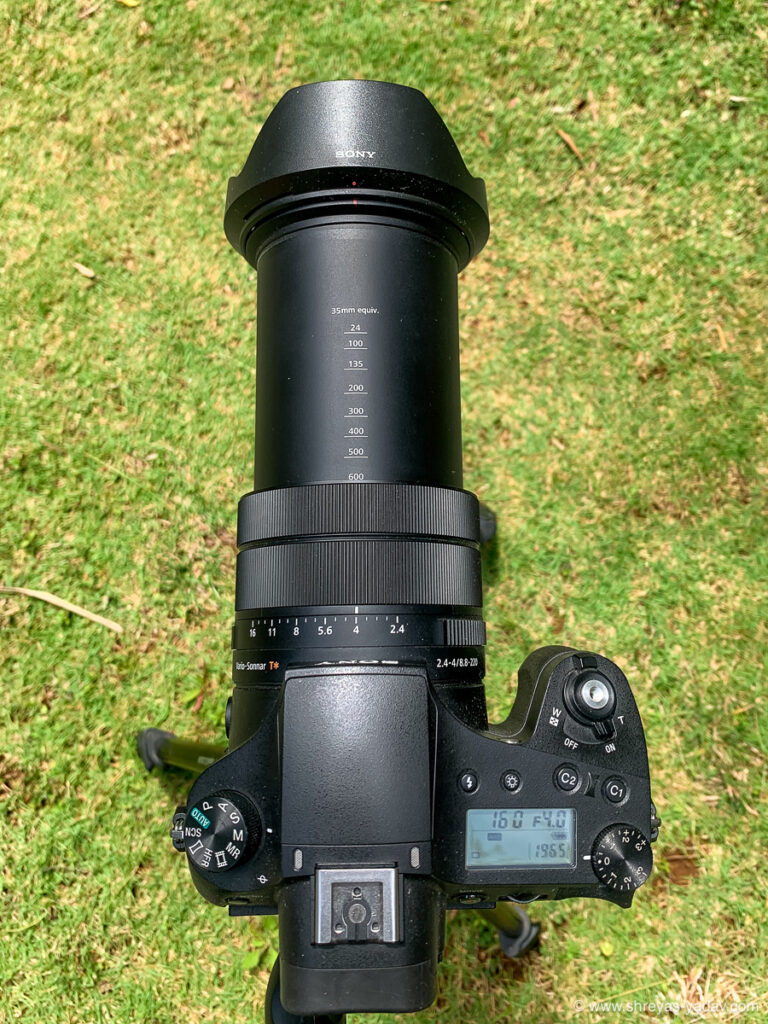
A Story that you want to tell from your Sony RX10 IV, the compositions, and a Feel for the Wildlife will be at the next level with Sony RX10 IV.
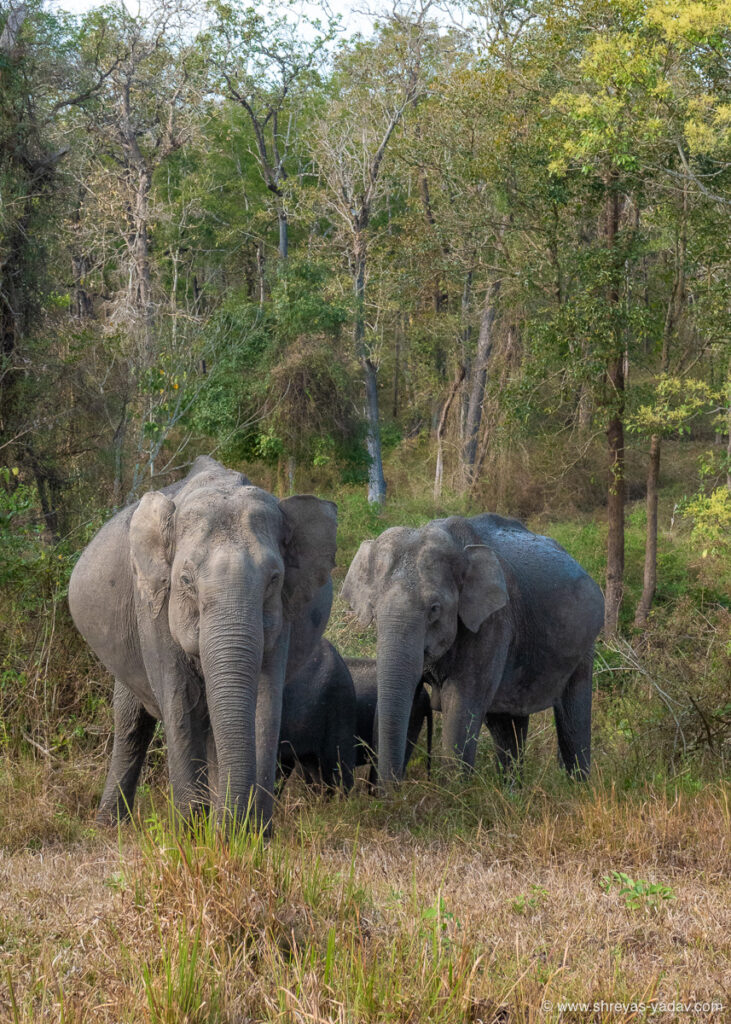
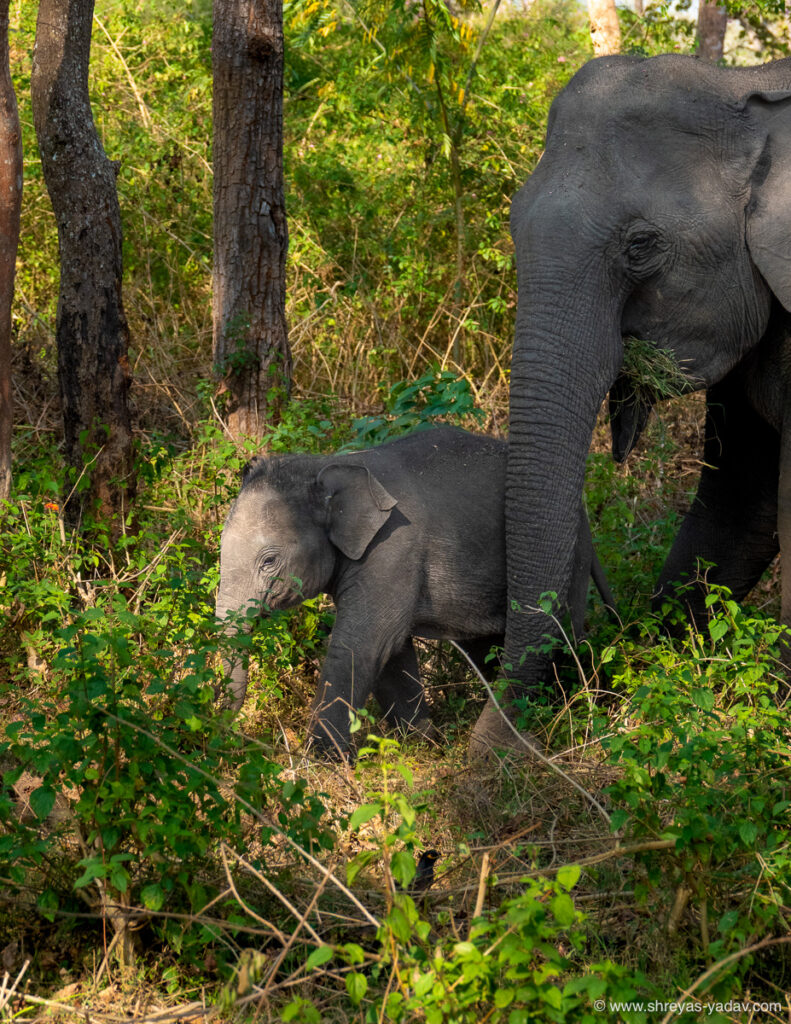
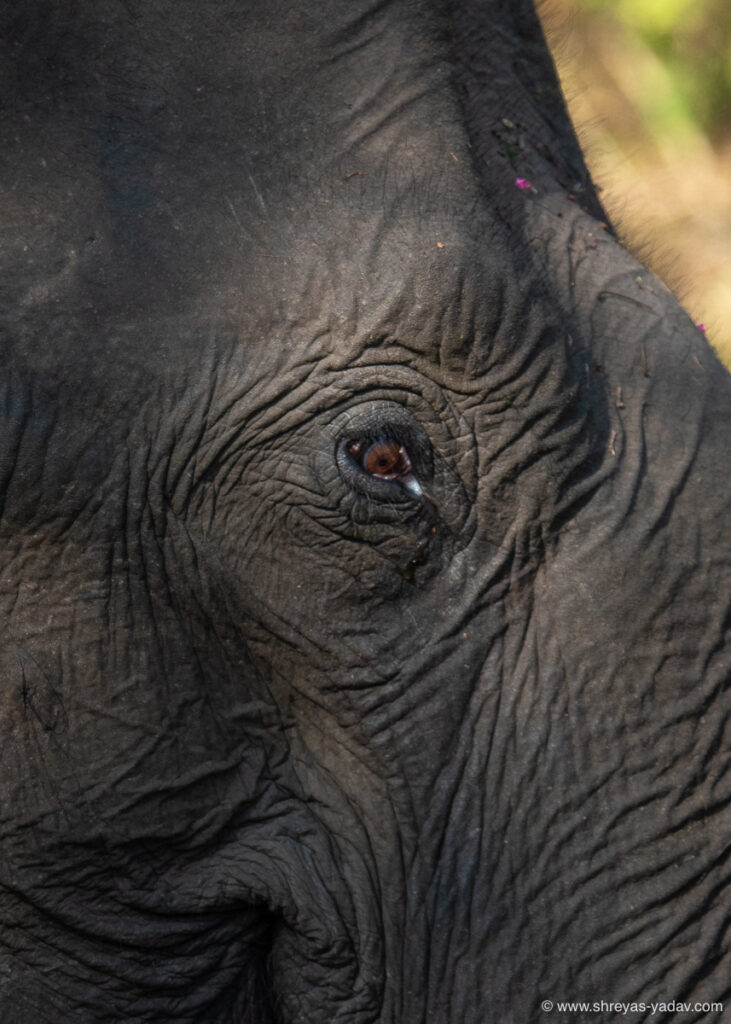
Sony RX10 IV uses a built In ZEISS 24-600 mm ( 35mm equivalent ) lens. It gives you the freedom to photograph Wide angle shots. And, Also you can zoom in to get close-up shots.
You can cover all the zoom ranges in between.
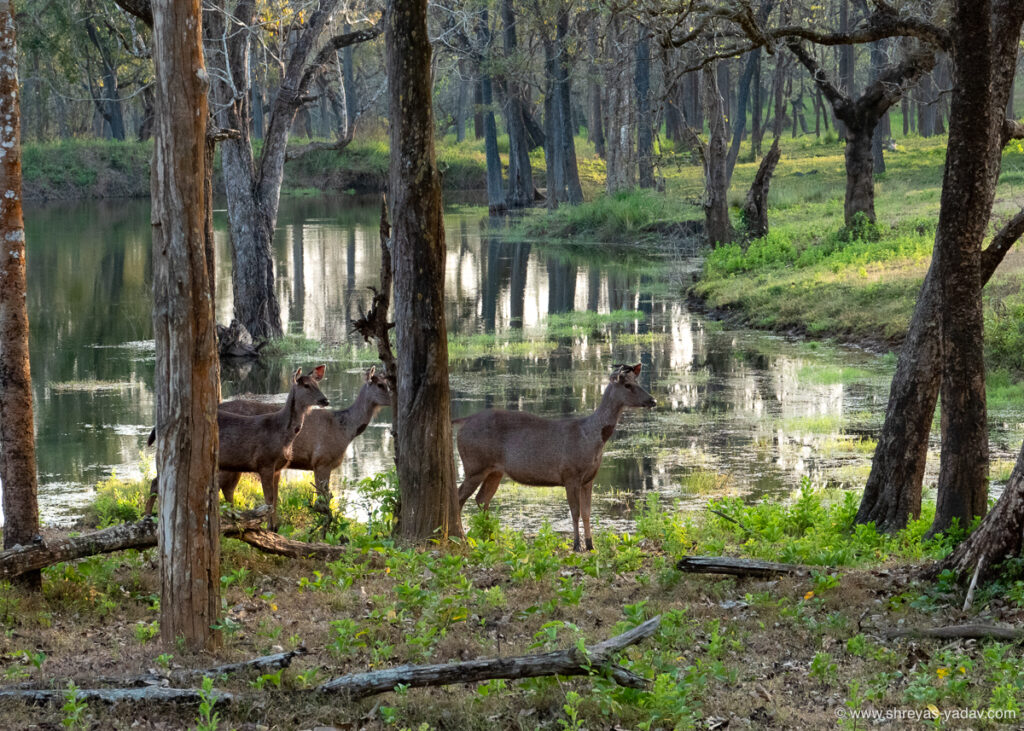
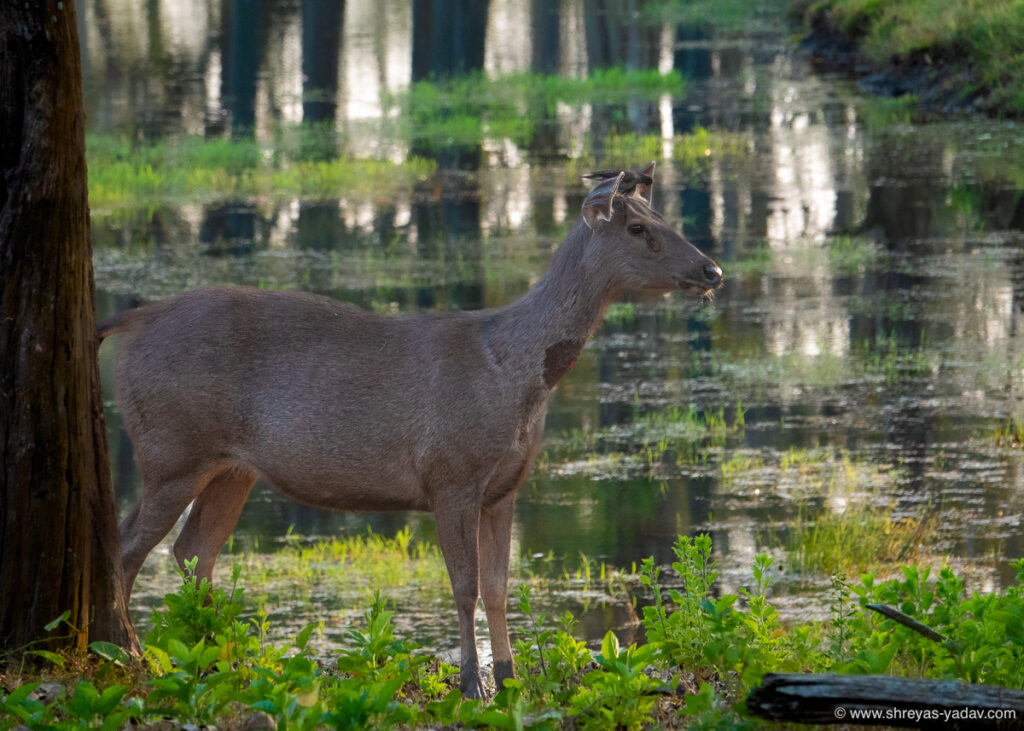
Sony RX 10 IV Sample Video
Sony RX10 IV simply gives more opportunities you for photographing Wildlife in a Unique way.
Bonus: My settings on Sony RX10 IV for Wildlife photography
Camera settings
- Image format: RAW + Jpeg Fine
- Color space: Adobe RGB
- ISO: Auto ISO with a Maximum ISO of 400, in some low light conditions I may extend it upto 800 ( It will depend on the lighting conditions. But I find 400 is the right balance for Image quality and low noise )
- Autofocus mode: AF – C ( Continuous ) or Manual Override (DMF)
- Autofocus Area mode: Single
- Metering: In most of the scenes it is Multi Metering and in tricky light situations such as shadows and highlights I prefer Spot metering
- Exposure mode: Manual ( Shutter speed and Aperture will be set based on the light in Nature and It can vary ).
- You can use Aperture priority as well. In that case, don’t use the Auto-ISO. Instead, use an ISO in the range of ISO 100 to ISO 800 depending on the light, and set the Aperture from f/2.8 to f/5.6. Let the camera decide the shutter speed.
- The frame rate is set to continuous high
Sony RX10 IV: Conclusion and Recommendations
Pros
- A versatile Zoom range of 24-600 mm ( 35 mm equivalent )
- Lightweight and easy-to-use camera body
- Excellent 4K Video capability
- Under good light conditions, Beautiful colors and Image quality
- Fast and accurate focus
- Best Bridge camera for Travel, Nature, and Wildlife photography
- It is a Premium build bridge camera
Cons
- Noise and loss of Image quality at Higher ISO and Low light conditions
- Position of the Exposure compensation button
- Some learning curve is there to understanding the Menu and settings
In Summary, – The versatile zoom lens, Lightweight and compact size, and Adjustable touch screen makes the Sony RX10 IV perfect for Wildlife ( and Travel ) photography and videography.
If you are a beginner, amateur, or even a Professional still the Sony RX10 IV will amaze you with its capabilities. Sony RX10 IV is a Premium Bridge camera for Wildlife photographers.
You will feel confident with Sony RX10 IV in the Wild. Also, will find sheer joy in easily handling it and shooting Wildlife moments for a lifetime.
What do you think about the Sony RX10 IV bridge camera, Please do let us know in the comments below.
SanDisk 64GB Extreme PRO Card at Amazon
What do you think about the Sony RX10 IV bridge camera, Please do let me know in the comments below.
Very detailed review!! Appreciate your time and effort to compose this article which is jam packed with information.
Very nice photos and video too!!! The camera performance is awesome if it falls in an able hand like yours!!
Thank you Sir for your Kind Words
Nice reviews Shreyas.
Thank you Krishna Sir